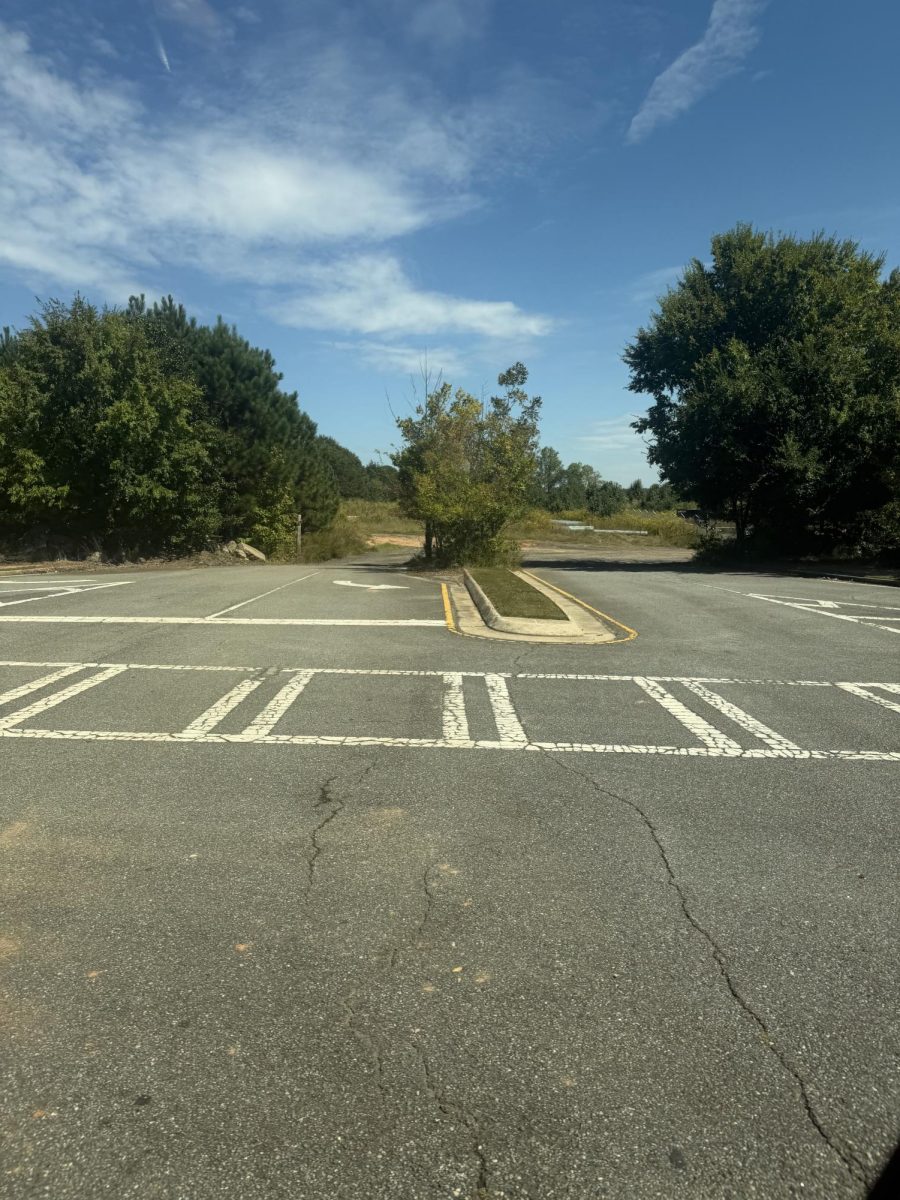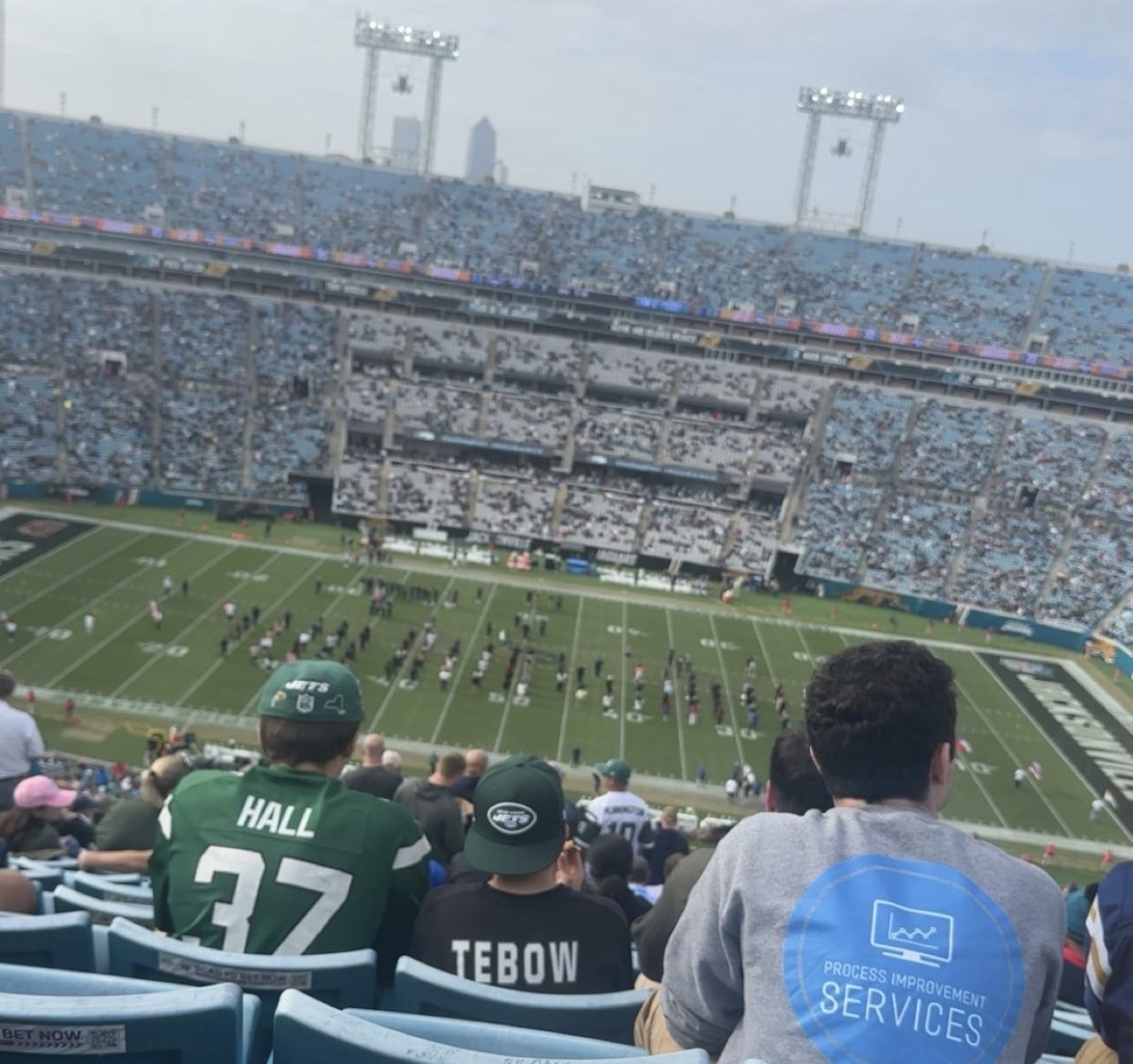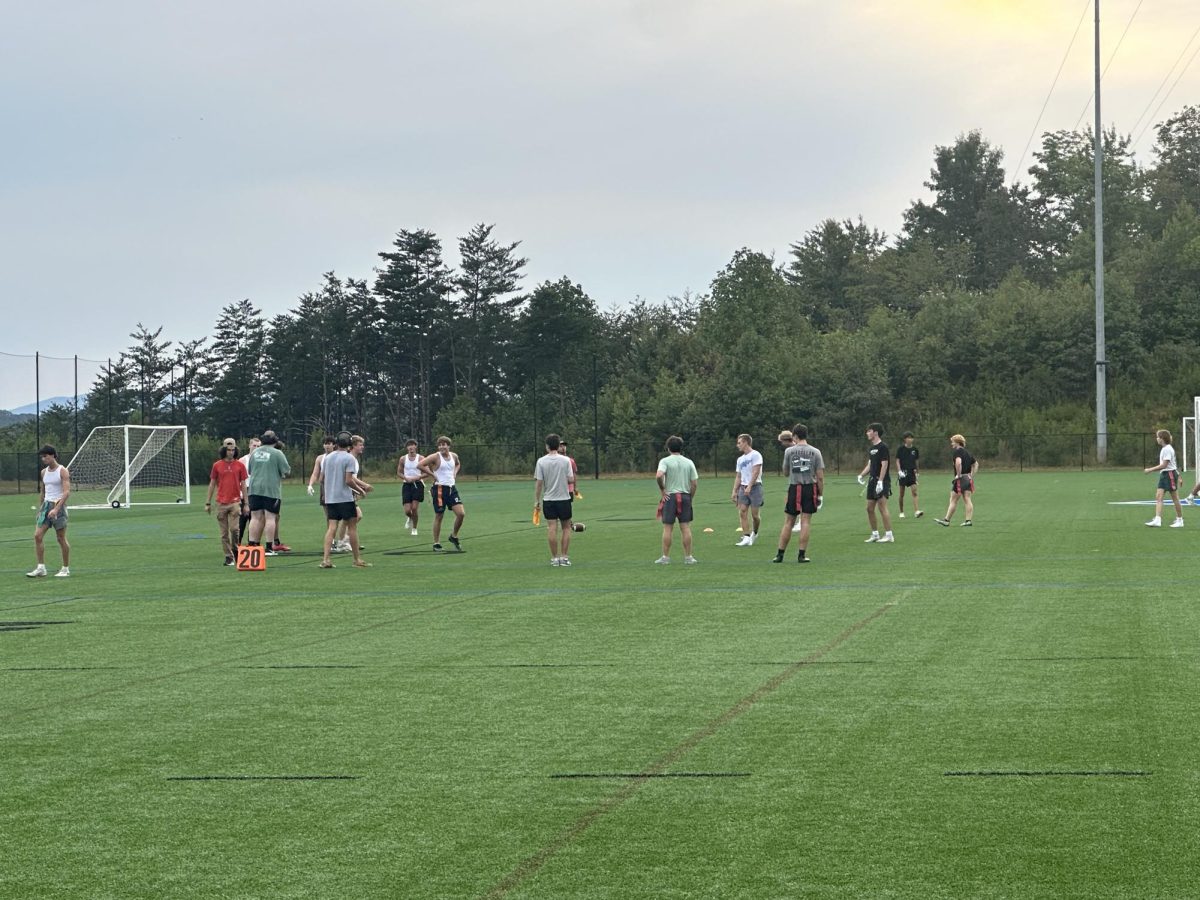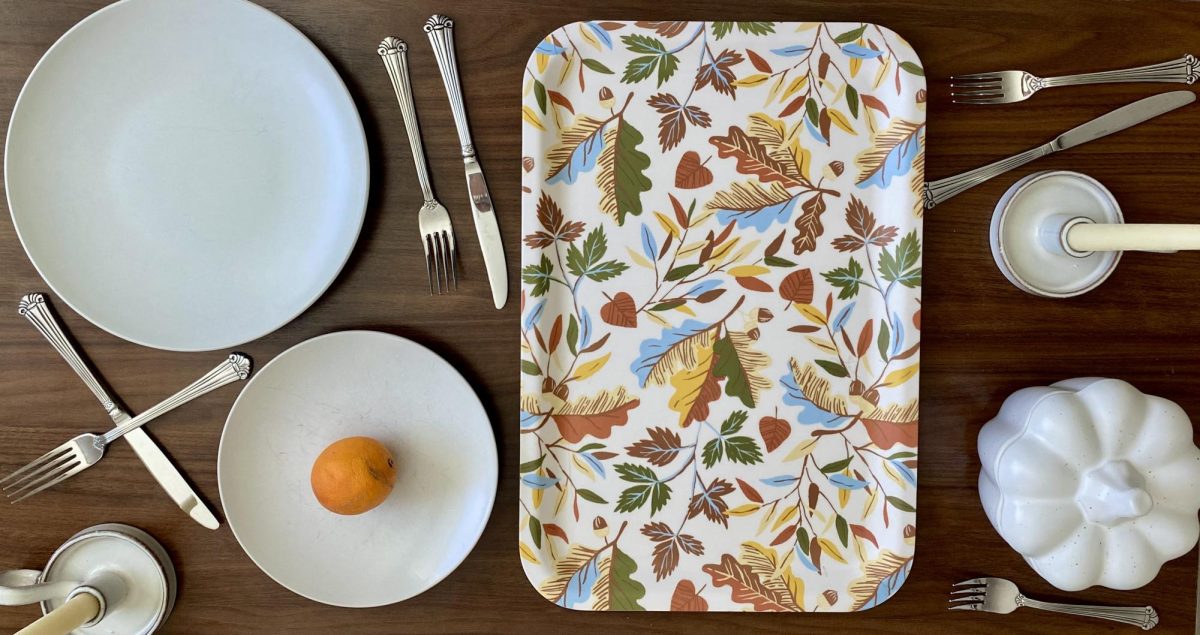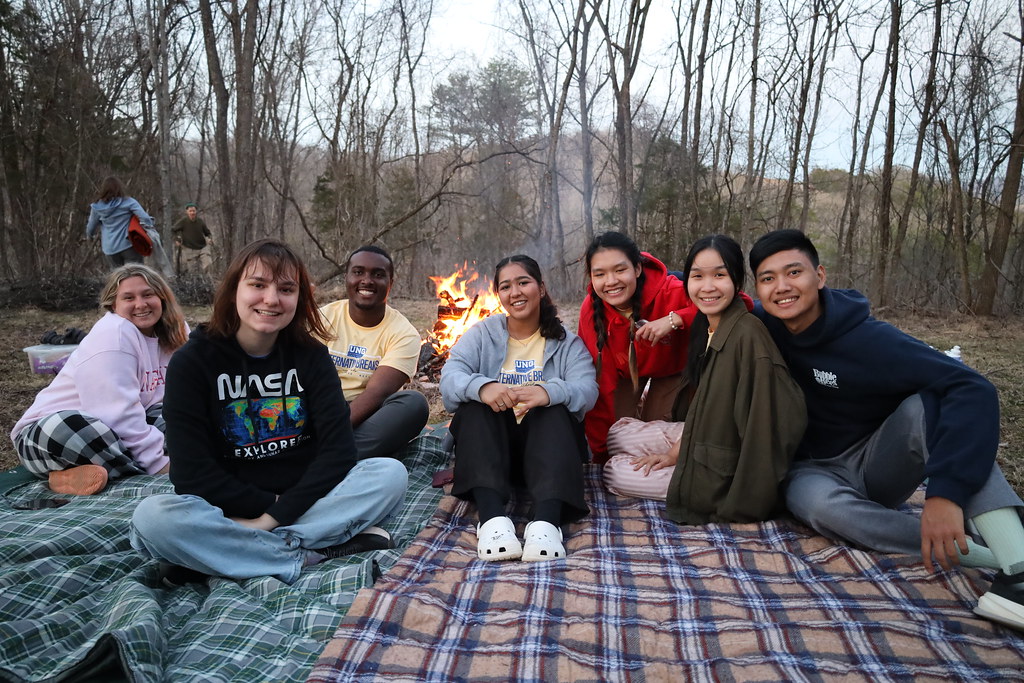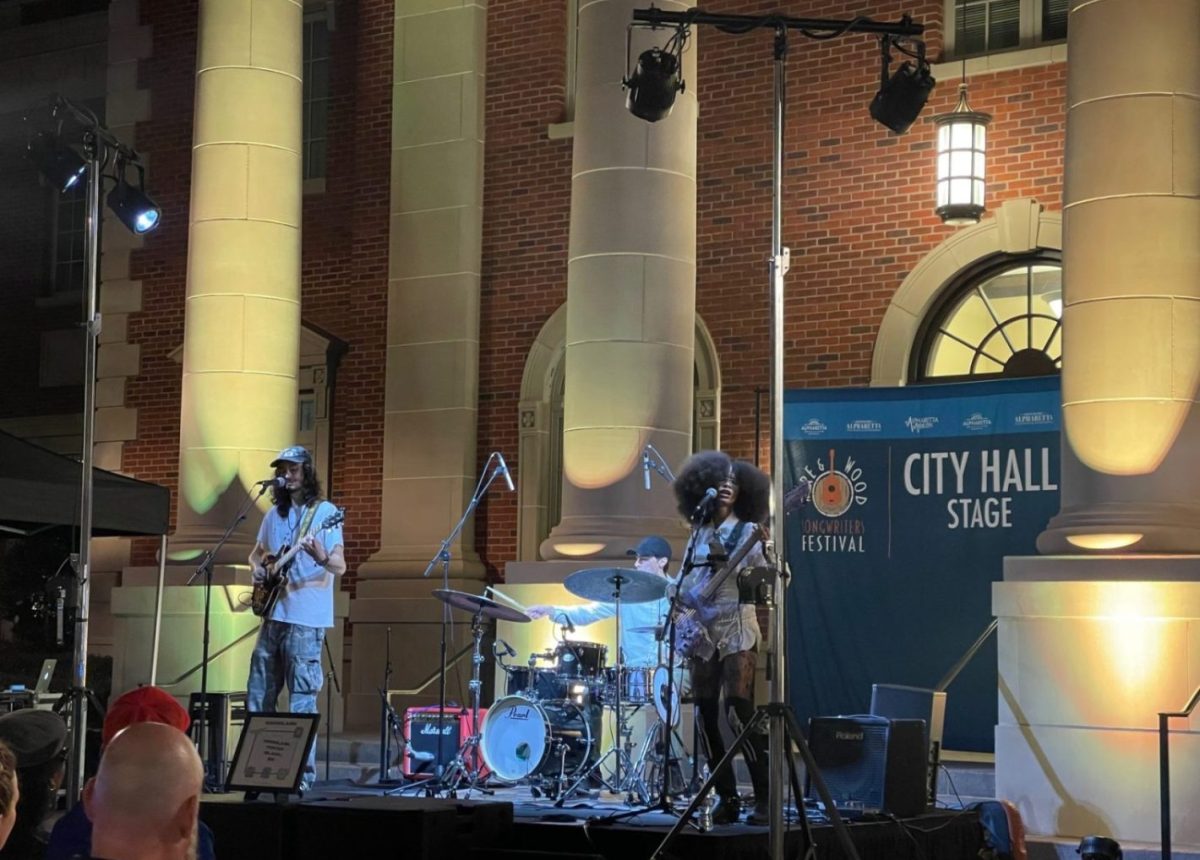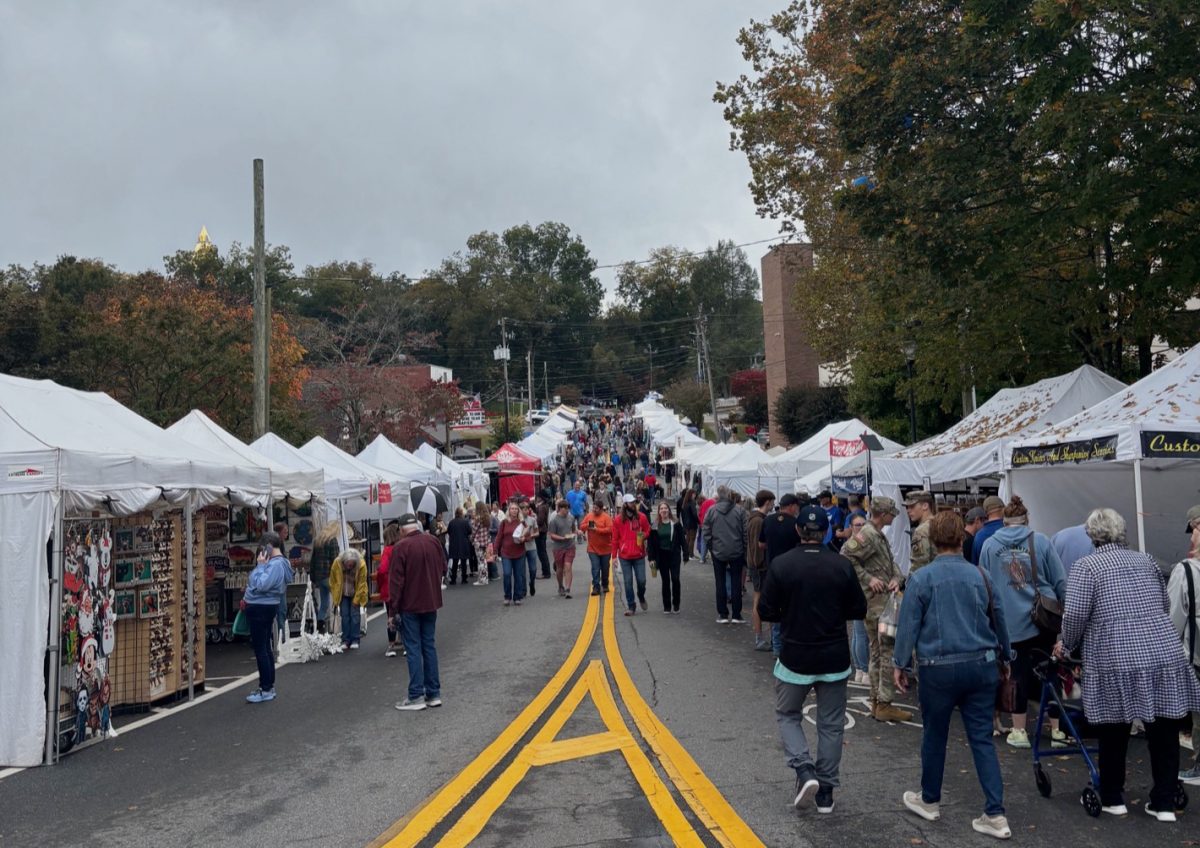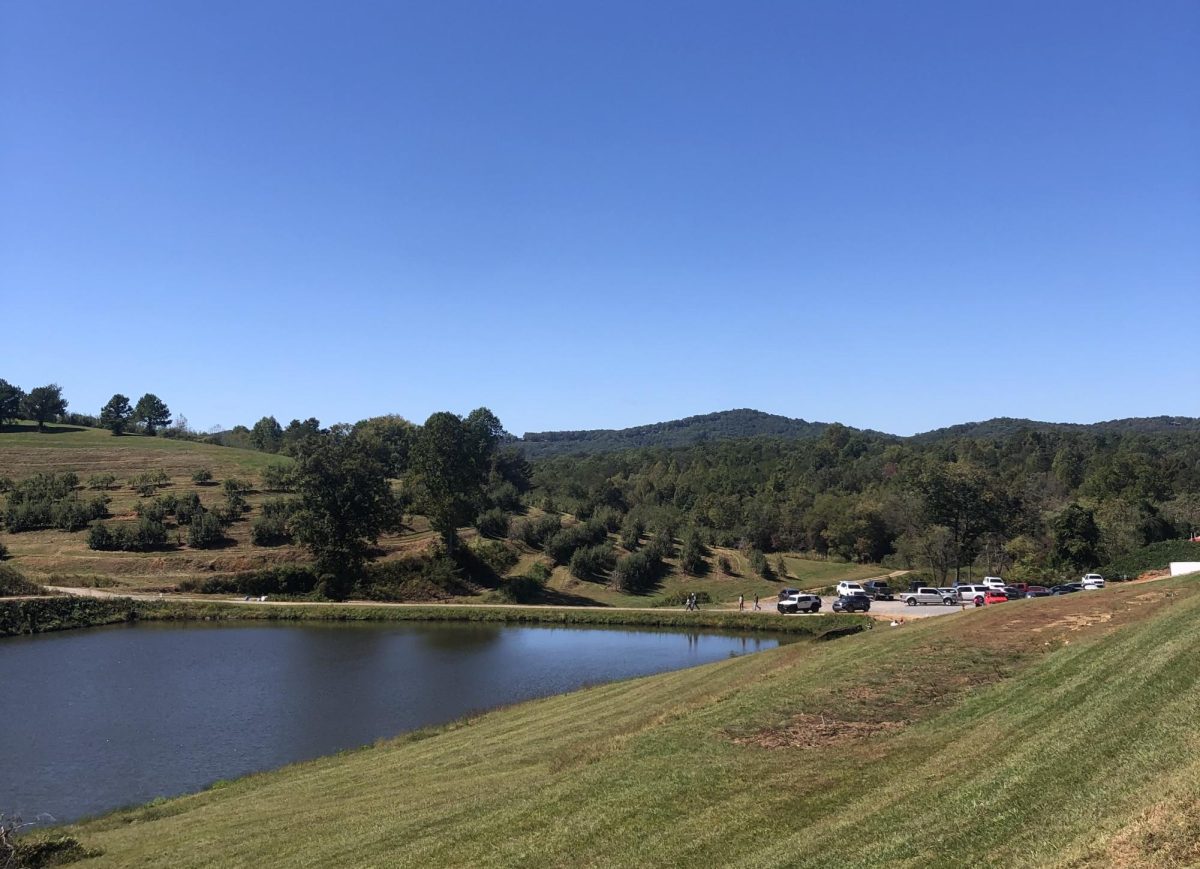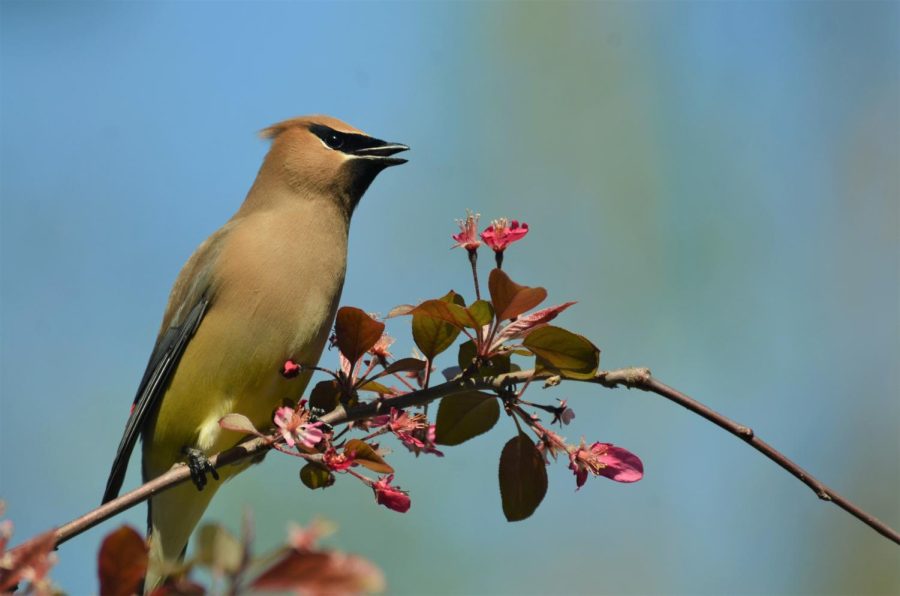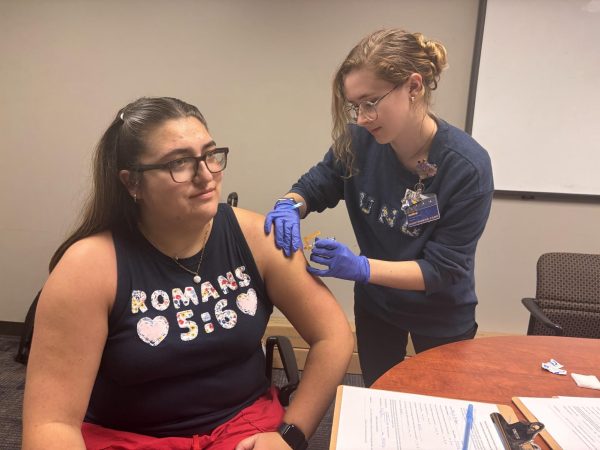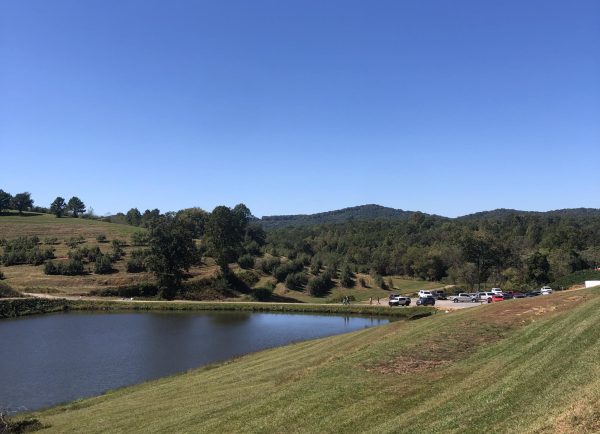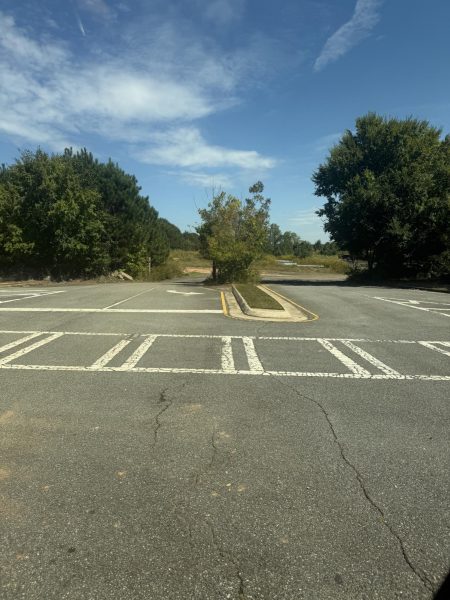Drunk Birds: Flying Under the Influence
Georgia Department of Natural Resources issued a statement in early April that warned of a rather amusing problem- drunk birds. As funny as it may sound, it’s no laughing matter when the intoxication proves fatal for our flying friends.
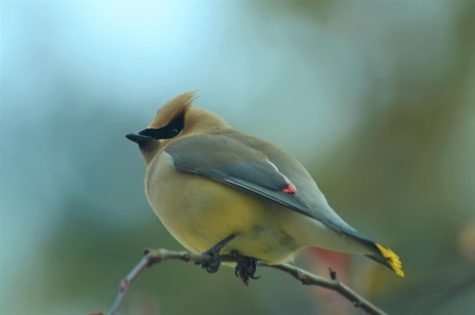
In the spring months, many migrating birds are binge eating to prepare for a long flight north. Local birds are also eating their fill this time of year in preparation for mating and chick-rearing. A favorite local food source is the sweet, decaying fruit left lying around the apple trees, ornamental pear trees, holly bushes and other fruit-baring plants that grow in the southeastern region. According to Georgia’s Department of Natural Resources, the most notorious culprit for this binging behavior is the Cedar Waxwing.
“They’re nomadic, moving around in small to large flocks looking for these fruits.” Says Todd Schneider, Georgia DNR
The high sugar content of these fruits causes fermentation when they rot, making the birds who consume them inebriated.
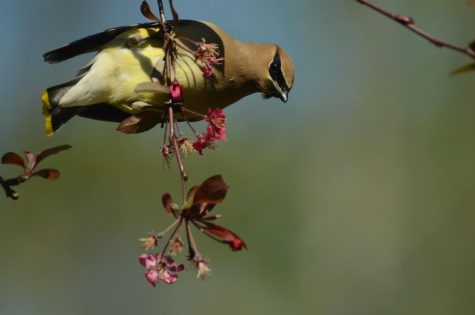
The fermentation process occurs when yeast, which naturally exists in and on the fruit, begins to break down the sugars in the fruit without using oxygen, creating a byproduct called ethanol. Ethanol is the same intoxicating compound found in wine, whisky, and all other alcoholic beverages that dull its imbibers’ senses. These “drunken birds” can be clumsy, fall over when they walk, act erratically, and can lose control of their flight path. This causes them to run into trees, buildings, vehicles, and people or even hit the ground- all of which can injure or kill the animal. Birds who consume too much of the fermented fruit can even experience fatal symptoms from alcohol poisoning.
Wildlife experts such as Nashville’s zookeeper, Sean Ployd, offer advice on how to prevent avian injury and death around your home during this time. Most of these methods revolve around your home windows- don’t clean window glass because it makes the window appear open, close blinds to further reduce the illusion of an open window or place “bird tape” in front of the glass if it becomes an issue.
Although, Georgia DNR says the biggest concern isn’t bird feeders, its natural foliage that might be planted or grow naturally along the side of your home.
“If you have a holly bush or a dogwood tree right next to a big glass window, that’s a recipe for disaster” –Todd Scneider, Georgia DNR
Your donation will support the student journalists of University of North Georgia. Your contribution will allow us to purchase equipment and cover our annual website hosting costs.





